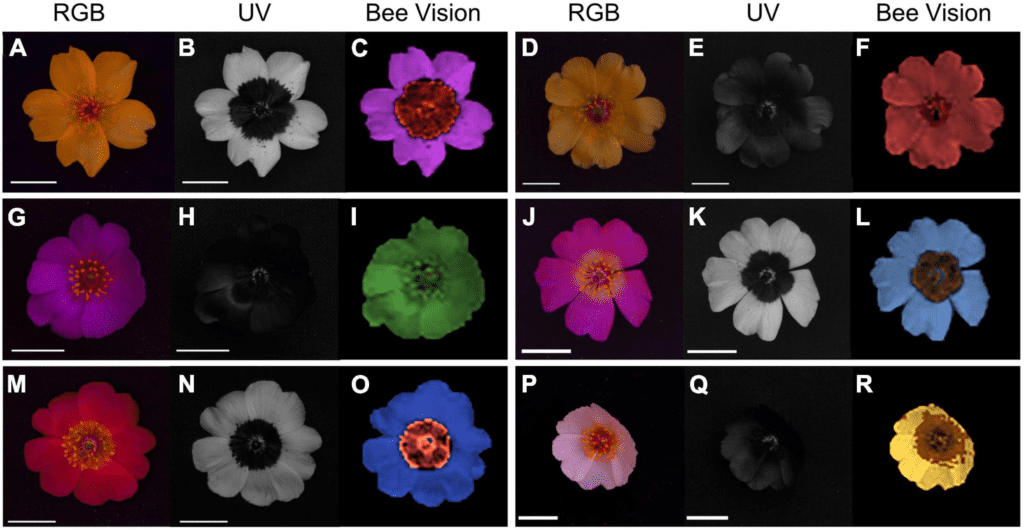The Atacama desert stretches for around a thousand miles (1,600) along the western coast of South America. Other than the poles, it’s the driest place on Earth, with some weather stations having never recorded any rainfall in their existence. But despite these barren conditions, the Atacama has a rich biodiversity. In fact, many species have developed specific adaptations that allow them to thrive even in such an extreme environment.
In particular, one phenomenon has puzzled researchers for a long time. Every 5-10 years, from around September to mid-November, large areas of the Atacama desert start to bloom, with flowers erupting in a great diversity of shapes, colors, and patterns. These mass blooms, one of which is currently ongoing in the northern Atacama, attract a lot of temporary attention — but the biological mechanisms behind this great blooming are poorly understood.
“Despite the scientific importance of this unique phenomenon only few studies have addressed the mechanisms of flower phenotypic divergence under the fluctuating environment provided by this recurrent event,” the authors write in the new study.

A dominant species in this event seems to be the pussypaw (specifically, Cistanthe longiscapa, as several other plants are also called pussypaw). These plants are highly variable in the color and patterns they present to pollinators, showing up as purple or yellow flowers, as well as intermediate or even white flowers.
“Our aim was to shed light on the ecological and evolutionary mechanisms that cause biological diversity in extreme environments like the Atacama desert,” said first author Dr. Jaime Martínez-Harms, a researcher at the Institute of Agricultural Research in La Cruz, Chile.
Martínez-Harms and colleagues studied a desert flowering event that took place in 2021 in northern Chile. The blooming was dominated by C. longiscapa, which bloomed in two different patches in a variety of colors. But that’s just what the human eye can see — and flowers don’t care all that much about what humans can see. But they care a lot about what insects can see.

Insects have very different eyesight to humans, and they perceive colors quite differently. So the researchers used cameras sensitive to both human light and ultraviolet light to measure the different wavelengths of petals. They carried out a study on 110 flowers ranging in color from purple to white.
The results show that to the pollinator’s eye, the diversity was even greater than to humans. Specifically, a UV “bullseye pattern” emerges in the wavelengths visible to some insects that guides pollinators to where there is most pollen and nectar. The results also show that a pigment called betalain is responsible for this variation.

The results suggest that this type of large-scale bloom encourages cross-pollination between different varieties, a valuable asset in extreme desert conditions. Given the importance of color in attracting floral visitors, and given that it’s not easy for pollinators to make an effort in the Atacama dryness, this large-scale, variety-filled bloom could account for “complex and fluctuating histories of plant-pollinator interactions,” the researchers write.
“Here we show that flowers of the pussypaw Cistanthe longiscapa, a representative species for desiertos floridos in the Atacama desert, are highly variable in the color and patterns they present to pollinators. This variability probably results from different so-called ‘betalain’ pigments in the flower petals,” said Martínez-Harms.
“The great variation in flower color within C. longiscapa can be explained if different species of pollinating insects, through their preference for particular flower colors and patterns, could cause these variants to become reproductively isolated from other individuals of the same plant species. This ongoing process could ultimately lead to the origin of new races or species.”.
The study was published in Frontiers in Ecology and Evolution.



